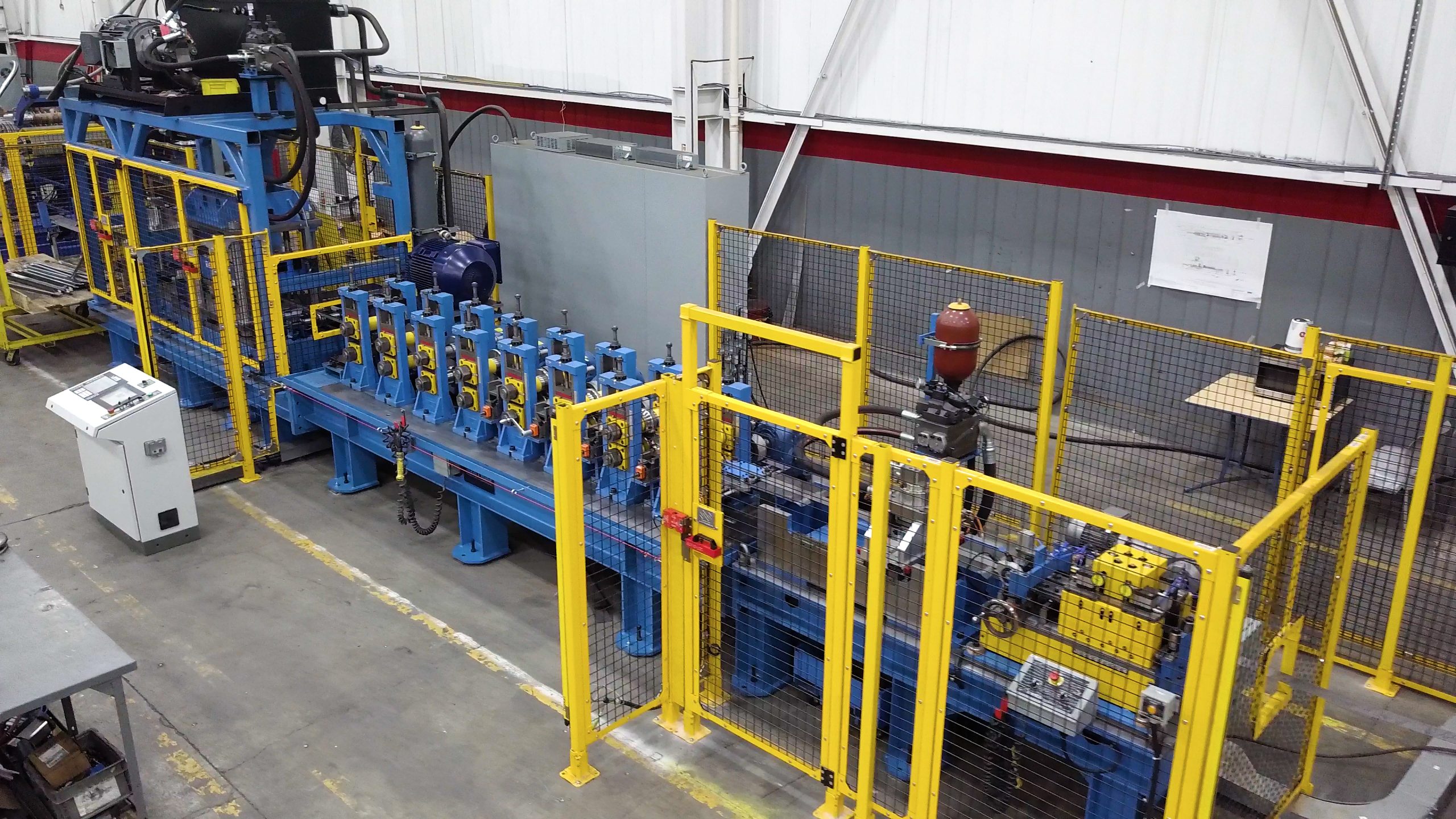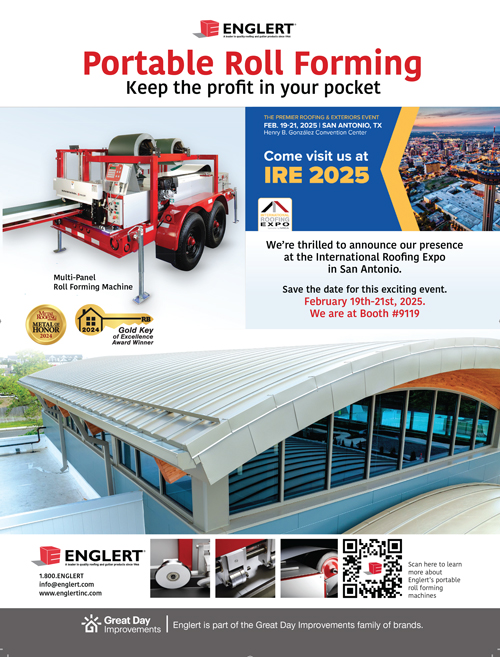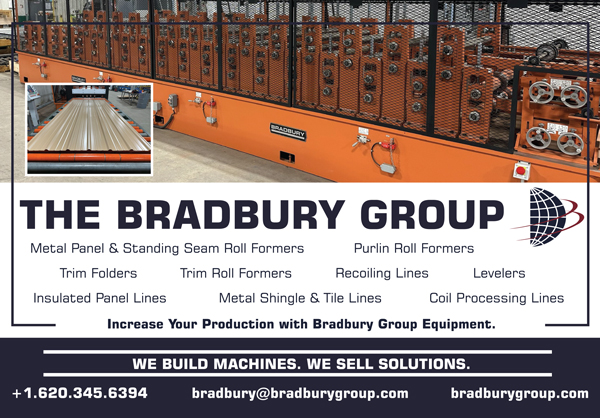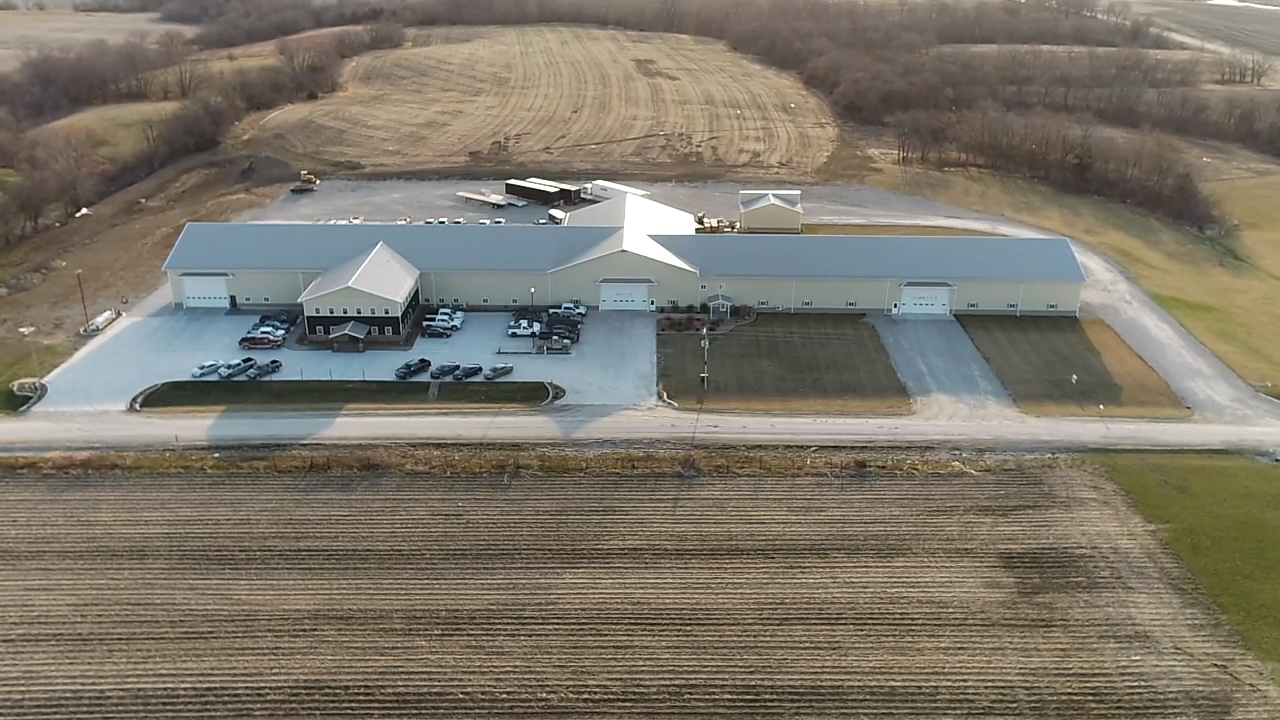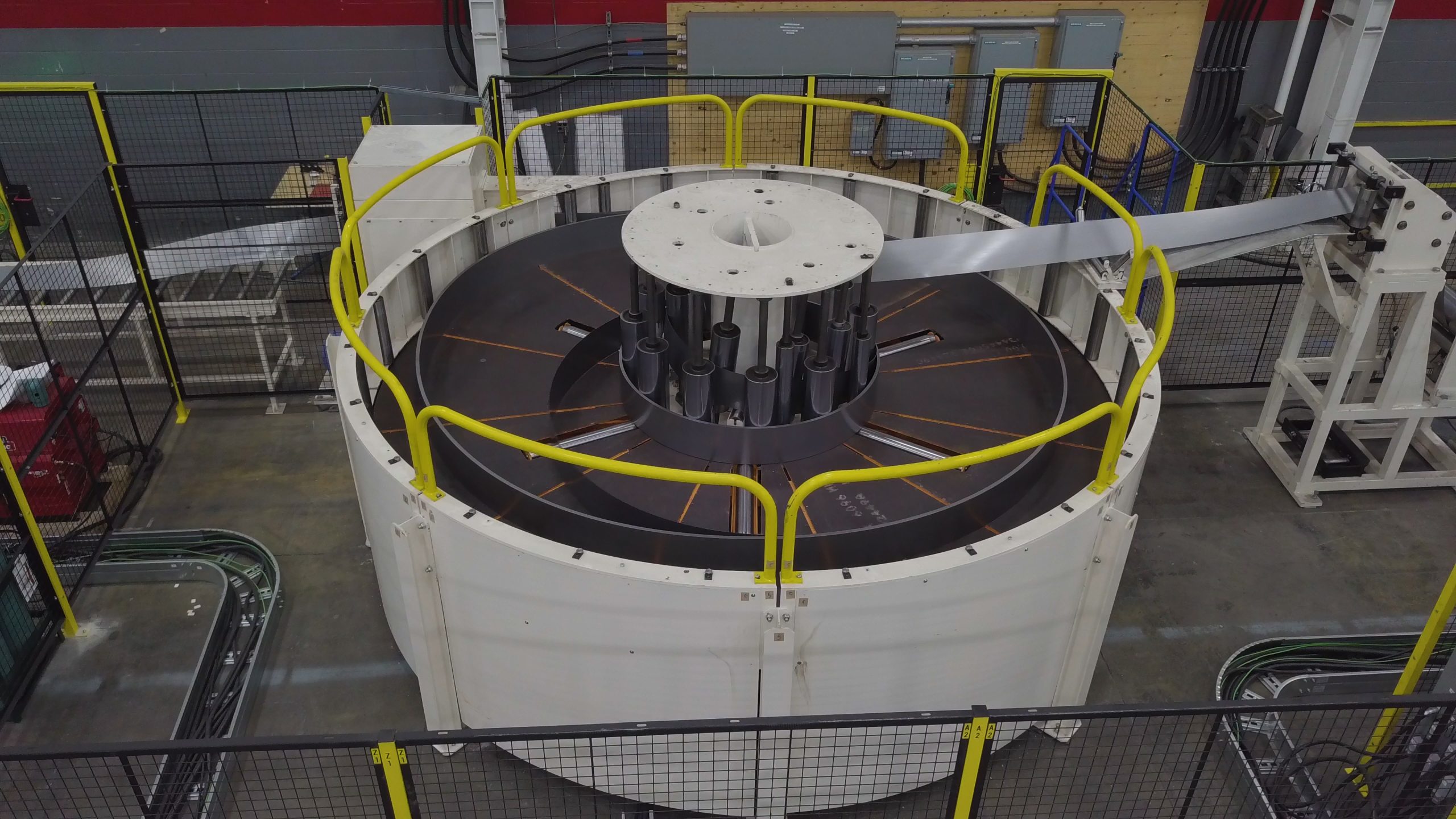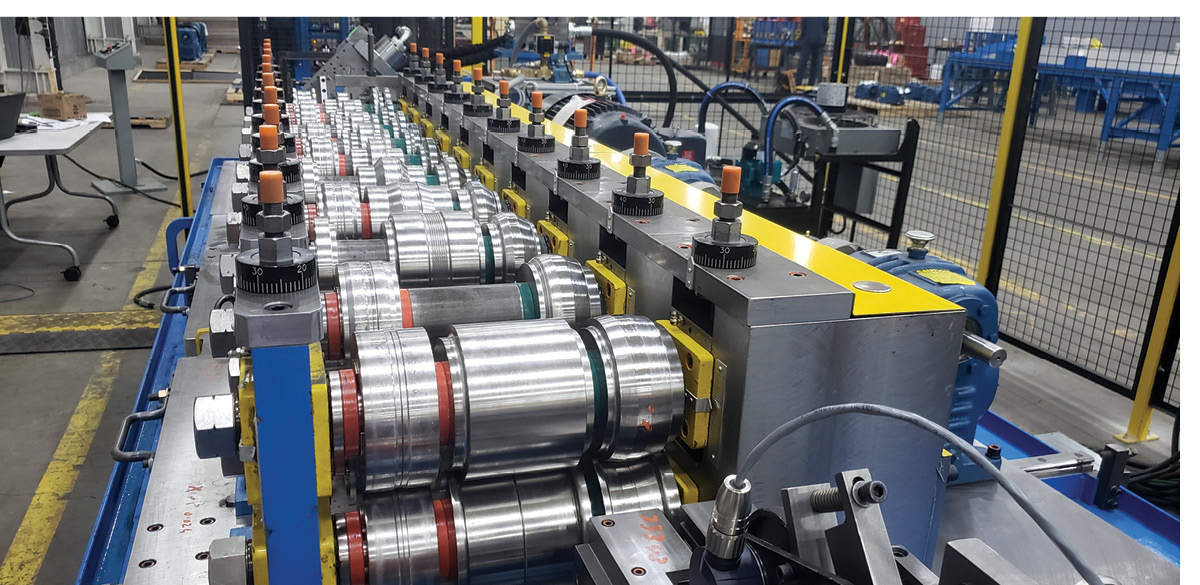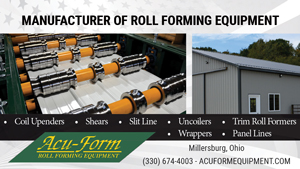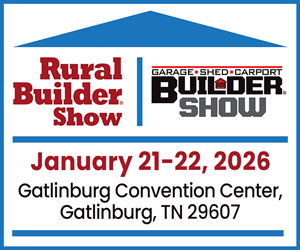By Rollforming Magazine Staff
We all have tools we love; tools we use every day to get the job done. However, sometimes these same tools can cause challenges. The same is true of press brakes. Let’s look at some common challenges with press brakes and advice regarding how to ameliorate those challenges.
“Sometimes the press brake is not consistent”
This can be a distressing turn of events as uneven pieces are not going to fit together or perform well.
The inconsistency can be caused by a number of issues including the age of the machine, in which case replacement may be the best option.
A common cause of measurement issues is the backgauge. Some have to be manually calibrated and human error is always a possibility. When choosing a brake press, auto-calibration is something to consider. For machines that have auto-calibration, be sure to shut the machine down every night and it will re-calibrate when re-started.
Some belt-driven machines that are run for 9-10 hour spans or more will overheat and then the belt starts stretching, leading to inconsistencies. In this case, the answer is allowing a cooling-down period.
Machine tension could be causing inconsistencies if the operator is switching between different substrates, Grade 50 or 80 steel for instance. This can happen if the operator finds they are a little short and throws something else that they have on hand on the machine. The press then needs to be recalibrated for the new material.
“Trim pieces aren’t coming out square”
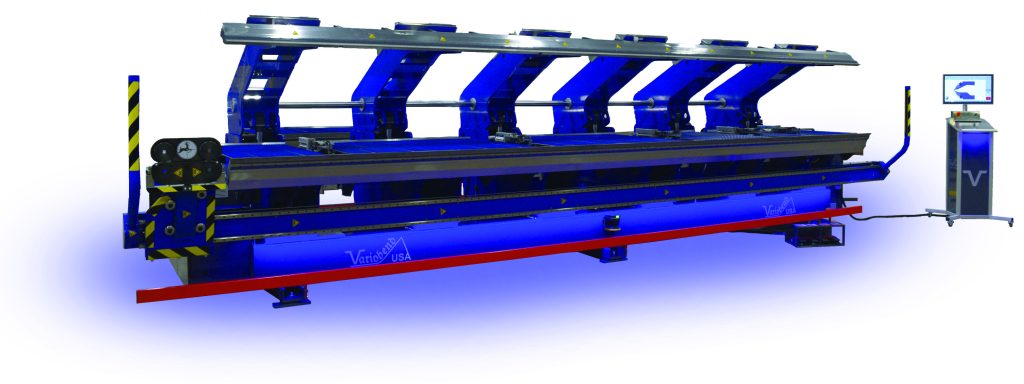
The first thing to check in this case are the blanks. Trim blanks should be consistent in width throughout their length and be free from bow and taper. Certain cut-to-width processes are more likely to introduce these unwanted features into the blank, and once there, it is more difficult to produce quality trim parts. A high quality gang slitter cuts all the pieces from the flat stock at once. An example would be slitting a 40.875” coil slit into a 13.625” piece, two 10.25” pieces, and a 6.75” piece. By containing the sheet with two guides on entry, and making the slits all at the same time the sheets come out extremely consistent.
The second, and often overlooked component of quality trim production that can help in reducing inconsistencies, as well as ameliorating those that occur, are hems. Hems should be used wherever and whenever possible. They set the foundation of trim parts, becoming the point of reference for every bend going forward. These hems can hide variances in width and slight bow or taper. An added advantage is that parts are easier to handle and more aesthetically pleasing when on an exposed edge. Admittedly there are times that hems are not suitable, but incorporating these features where possible enhances the quality of your trim piece.
Operator error can also cause uneven trim; if an operator does not get the piece into a folder straight with even pressure there is a high likelihood that the part will come out tapered. There are options to reduce this margin of error including an automated brake. A double folder has grippers to grab the material and there’s no manual movement, so for an easy way to achieve greater trim precision that could be the answer. Trim roll formers are able to remove a large portion of operator error and may deliver the added benefit of increased production speeds.
“Z Bends are deforming and the holes are elongating”

A high quality gang slitter cuts all the pieces from the flat stock at once, reducing the risk of bow and taper. Above: The Slinet from Hershey’s Metal Meister.
The problem could be that the material being used is too thick. If you have a 16-gauge machine and you are using a heavier material, the piece could arch. If you max out the machine’s capabilities, there will be flaws.
If the correct gauge material is being used, the next thing to look at is the process. Holes punched during the roll forming process may be stretched out by an ensuing bend. Therefore, if you run coil through the press brake first, then make the perforations with a small perforator or with a perforator installed on the Z bar after the piece is formed, you will avoid the problem.
Sometimes, of course, the holes that need to be punched may not be accessible after bends and folds are made, in which case you may want to make that a “mid-punch”; make the punch in the middle of the process.
Finally, if these solutions don’t work, you may be able to modify the hole profile taking into account what is happening to the holes as the piece goes through the process. RF
A SPECIAL THANKS TO THE FOLLOWING ROLL-FORMING EQUIPMENT PROFESSIONALS FOR SHARING THEIR KNOWLEDGE:
Hershey’s The Metal Meister: [email protected]
Acu-Form Equipment: acuformequipment.com
Samco: samco.com

